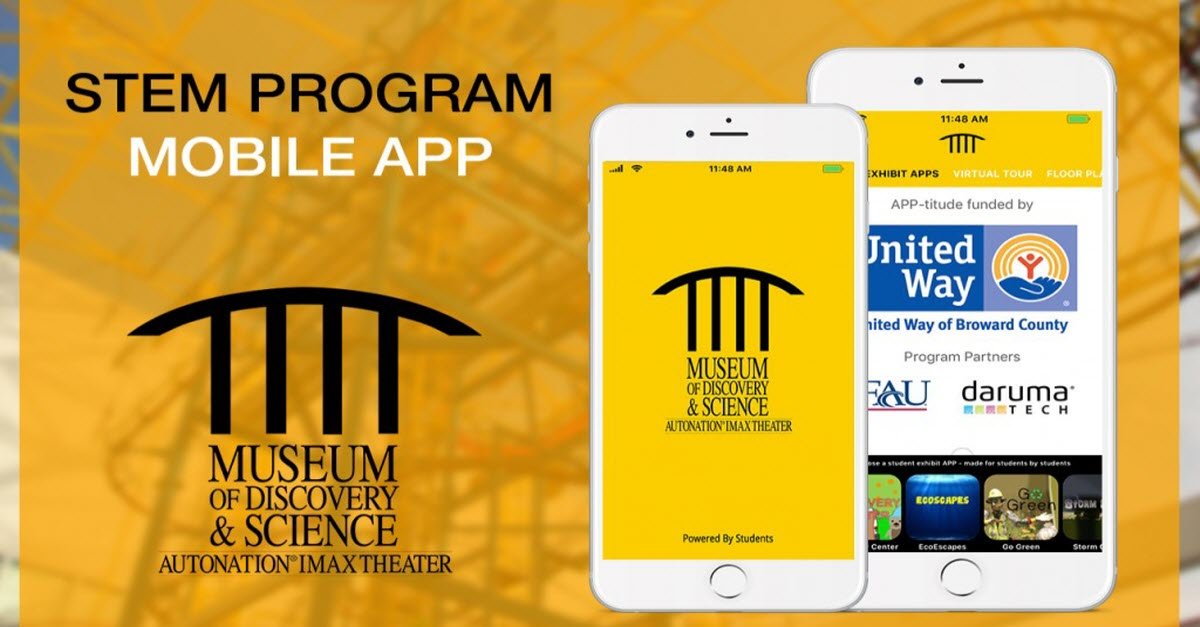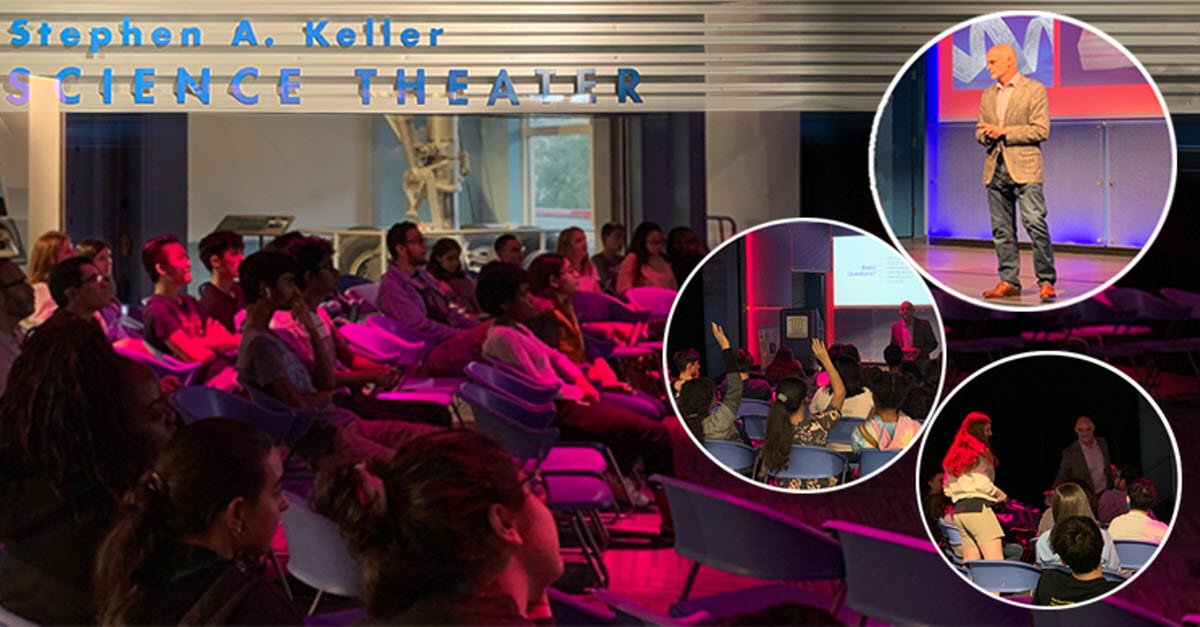3D documentation allows Vizcaya to measure surface loss, predict rates of deterioration, analyze effects of sea level rise, and more.
BOCA RATON, FLA—Daruma Tech teamed with the Vizcaya Museum and Gardens in Miami to create an innovative, touch-screen kiosk program employing virtual and augmented reality that allows visitors to discover and explore areas of the site currently closed to the public.
The app was designed to address Vizcaya’s unique preservation and outreach challenges: The century-old seaside site, a National Historic Monument, is threatened by rising sea levels and age-related damage, which have left several historically and artistically important areas inaccessible to visitors. This meant Vizcaya needed a way to comprehensively document these vulnerable areas for future preservation efforts while offering its visitors an engaging and compelling way to explore and understand them from afar.
The kiosk, which incorporates detailed, realistic models based on historical records along with contemporary data collected by the University of Florida via laser scanning and by the University of Miami via photogrammetry, lets visitors take a virtual self-guided tour through two currently closed areas—a swimming pool grotto featuring an ornate ceiling mural by American artist Robert W. Chanler (1872-1930), and the Barge, a partially submerged decorative breakwater decorated with carvings by Alexander Stirling Calder (1870-1945).
Working closely with Vizcaya’s experts, Daruma Tech designed interactive interfaces that invite users to explore these areas and examine their details up close while learning about their history, conservation issues, and how they evolved over time. Through the app, visitors can not only experience what the sites look like today, but travel back in time to experience them in their original form. To address Vizcaya’s mission of outreach and accessibility, Daruma Tech also designed the app to adapt to the needs of users with disabilities.
The app was funded by grant to Vizcaya from the John S. and James L. Knight Foundation as part of the foundation’s initiative to help museums better meet new community demands and use digital tools to meaningfully engage visitors in art. Knight, which promotes informed and engaged communities, has helped institutions—from newsrooms to libraries—adapt to and thrive in the digital age.
The detailed digital imaging developed for this project will not only engage and educate visitors, but meaningfully contribute to the museum’s continued preservation and documentation efforts, said Mark Osterman, Vizcaya’s Adult Learning and Engagement manager. “Vizcaya recognizes its vulnerability to sea level rise and climate change,” he said. “Through the use of 3D documentation, Vizcaya is working to be a model of resilience for our community. 3D documentation allows Vizcaya to measure surface loss, predict rates of deterioration, analyze effects of sea level rise, measure objects and structures, enhance engagement, and improve accessibility.”
Osterman added that Daruma Tech was a good match for this ambitious project. “The museum was impressed with the firm’s proposal. We also engaged Daruma with some experimentation with 3D documentation, and once the Knight Grant opportunity came along, it was a good fit,” he said. “Working with Daruma has been exciting, as both the museum and the firm are experimenting with new interpretive technologies that will change the way visitors experience aspects of historic sites.”
3D documentation allows Vizcaya to measure surface loss, predict rates of deterioration, analyze effects of sea level rise, and more.
BOCA RATON, FLA—Daruma Tech teamed with the Vizcaya Museum and Gardens in Miami to create an innovative, touch-screen kiosk program employing virtual and augmented reality that allows visitors to discover and explore areas of the site currently closed to the public.
The app was designed to address Vizcaya’s unique preservation and outreach challenges: The century-old seaside site, a National Historic Monument, is threatened by rising sea levels and age-related damage, which have left several historically and artistically important areas inaccessible to visitors. This meant Vizcaya needed a way to comprehensively document these vulnerable areas for future preservation efforts while offering its visitors an engaging and compelling way to explore and understand them from afar.
The kiosk, which incorporates detailed, realistic models based on historical records along with contemporary data collected by the University of Florida via laser scanning and by the University of Miami via photogrammetry, lets visitors take a virtual self-guided tour through two currently closed areas—a swimming pool grotto featuring an ornate ceiling mural by American artist Robert W. Chanler (1872-1930), and the Barge, a partially submerged decorative breakwater decorated with carvings by Alexander Stirling Calder (1870-1945).
Working closely with Vizcaya’s experts, Daruma Tech designed interactive interfaces that invite users to explore these areas and examine their details up close while learning about their history, conservation issues, and how they evolved over time. Through the app, visitors can not only experience what the sites look like today, but travel back in time to experience them in their original form. To address Vizcaya’s mission of outreach and accessibility, Daruma Tech also designed the app to adapt to the needs of users with disabilities.
The app was funded by grant to Vizcaya from the John S. and James L. Knight Foundation as part of the foundation’s initiative to help museums better meet new community demands and use digital tools to meaningfully engage visitors in art. Knight, which promotes informed and engaged communities, has helped institutions—from newsrooms to libraries—adapt to and thrive in the digital age.
The detailed digital imaging developed for this project will not only engage and educate visitors, but meaningfully contribute to the museum’s continued preservation and documentation efforts, said Mark Osterman, Vizcaya’s Adult Learning and Engagement manager. “Vizcaya recognizes its vulnerability to sea level rise and climate change,” he said. “Through the use of 3D documentation, Vizcaya is working to be a model of resilience for our community. 3D documentation allows Vizcaya to measure surface loss, predict rates of deterioration, analyze effects of sea level rise, measure objects and structures, enhance engagement, and improve accessibility.”
Osterman added that Daruma Tech was a good match for this ambitious project. “The museum was impressed with the firm’s proposal. We also engaged Daruma with some experimentation with 3D documentation, and once the Knight Grant opportunity came along, it was a good fit,” he said. “Working with Daruma has been exciting, as both the museum and the firm are experimenting with new interpretive technologies that will change the way visitors experience aspects of historic sites.”
Latest Articles
Mobile App Integration for MODS App-Tititude Students
Daruma Tech was approached by the Museum of Discovery and Science in Fort Lauderdale with the task of creating a way for students to showcase their internship projects. This solution needed to be integrated with the MODS existing mobile application as well as provide a seamless UI/UX experience for [...]
Daruma Tech Contracts with BlueDog Group to Expand Business
BOCA RATON, FLA—Daruma MSP, Daruma Tech’s IT services division in Boca Raton, has signed a contract with BlueDog Group, a major provider of high-end audiovisual systems design, installation, and project management, to manage its over 40 cloud-based servers. This contract is one of Daruma MSP’s largest yet and reflects [...]
Daruma Tech Speaks to App-titude Students at MODS
On Tuesday, January 14th, Daruma Tech’s Founder, Rob Kennedy, had the honor of speaking at the Museum of Discovery & Science (MODS). Rob took the stage in front of this summer’s APP-titude students to discuss project management, app development and what to expect during their upcoming internship. This fun [...]





